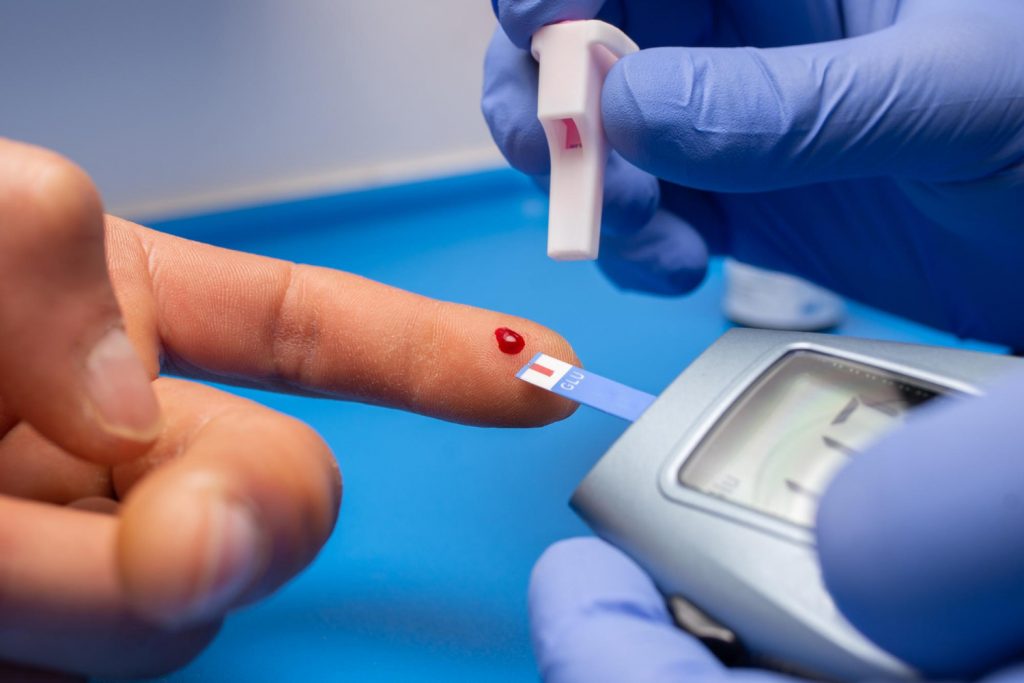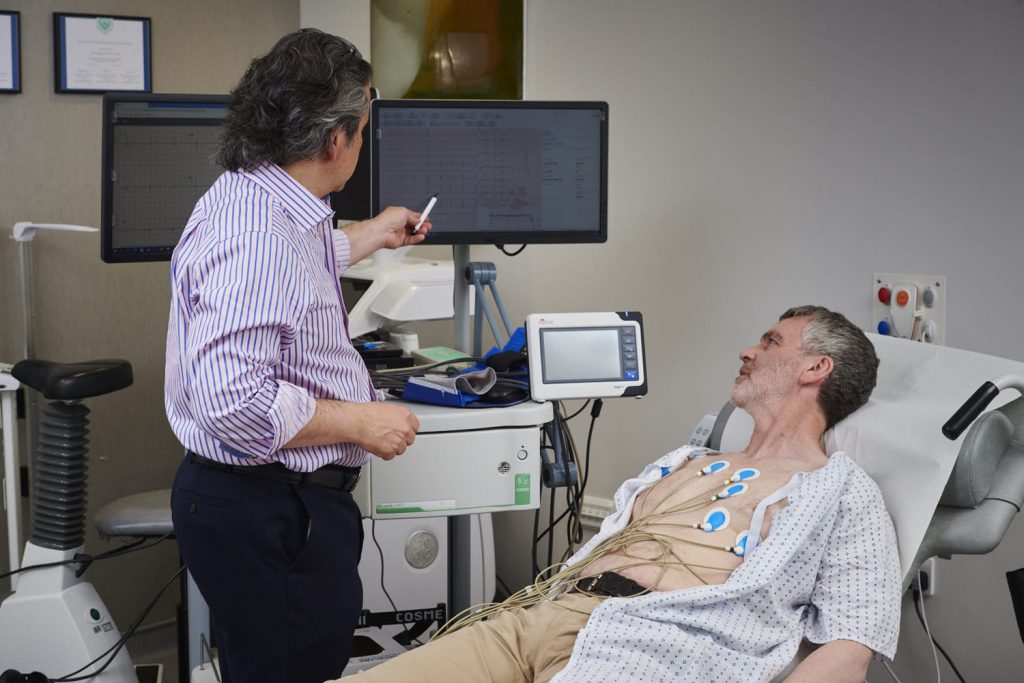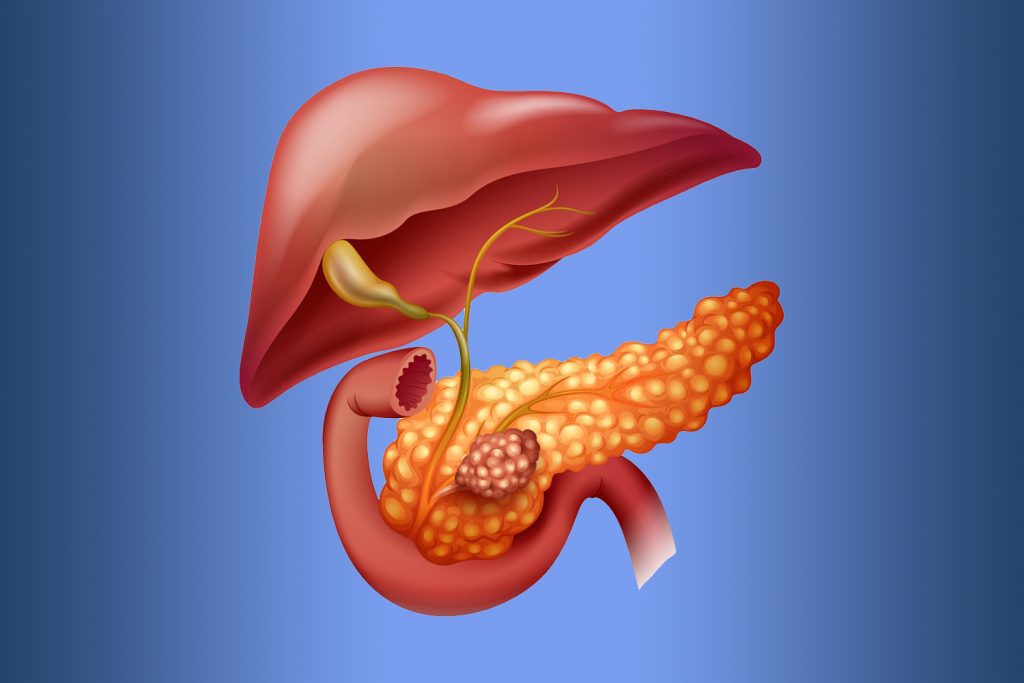

Kanpur Diabetes & Gastro Centre

Diabetes occurs when your blood sugar, is too high

Cardiology is the study of the heart and the lungs

Endoscopy is a procedure to examine the inside of the body

a rapid, portable, and sensitive method of assessing VPTs
Diabetes
Diabetes is a chronic disease that occurs either when the pancreas does not produce enough insulin or when the body cannot effectively use the insulin it produces. Insulin is a hormone that regulates blood glucose. Hyperglycaemia, also called raised blood glucose or raised blood sugar, is a common effect of uncontrolled diabetes and over time leads to serious damage to many of the body’s systems, especially the nerves and blood vessels.


Cardio
Cardiology is the study of the heart. Cardiology is a branch of medicine that deals with disorders of the heart and the cardiovascular system. The field includes medical diagnosis and treatment of congenital heart defects, coronary artery disease, heart failure, valvular heart disease, and electrophysiology.
Endoscopy
An endoscopy is a procedure used in medicine to look inside the body. The endoscopy procedure uses an endoscope to examine the interior of a hollow organ or cavity of the body. Unlike many other medical imaging techniques, endoscopes are inserted directly into the organ. There are many types of endoscopies

Upper G. I. Endoscopy

An upper gastrointestinal (GI) endoscopy, also called an esophagogastroduodenoscopy (EGD) or upper endoscopy, is a procedure that allows a doctor to examine the upper part of the GI tract. Its used for diagnose & treatment of Peptic Ulcer.
Upper G.I. Bleed (Oesophageal Varices) & Portal Hypertension by Sclerotherapy and Banding
Lower G. I. Endoscopy

A lower gastrointestinal (GI) endoscopy, also known as a colonoscopy, is a procedure that allows a doctor to examine the large intestine and rectum using a long, flexible tube with a camera on the end called an endoscope. Its used for internal & external Hemorrhoids diagnosis & treatment & Biopsy for Colorectal Cancer & Celiac disease.

Biothisiometry
Biothesiometry is a noninvasive medical test used to quantify the perception of vibration by measuring its threshold. It is used in neurology and electrophysiology to diagnose a number of conditions, like diabetic neuropathy and erectile dysfunction, where the vibration perception threshold (VPT) would be higher than average.The numerical nature of the test can help stage the progression of disease or complications.
DFU Management
(Diabetic Foot Ulcer)
Diabetic foot ulcers (DFU) are one of the most challenging complications of diabetes. Up to one-third of patients with diabetes mellitus (DM) may suffer from DFUs during their life. DFU is one of the leading causes of morbidity in patients with DM. The treatment period is challenging, and the recurrence rate of DFUs is high. Hence, establishing prevention strategies is the most important point to be emphasized.


N.P.W.T (Negative Pressure Wound Therapy)
Negative pressure wound therapy refers to wound dressing systems that continuously or intermittently apply subatmospheric pressure to the surface of a wound to assist healing. Negative-pressure wound therapy is also called vacuum-assisted wound closure therapy, It has become a popular treatment modality for the management of many acute and chronic wounds.
Day care
Day Care Treatment refers to medical procedures or surgeries that do not require the patient to stay in the hospital for more than 24 hours, mainly due to advancements in medical technology. This type of treatment is becoming increasingly popular due to its convenience and cost-effectiveness.


ECG
Electrocardiography is the process of producing an electrocardiogram, a recording of the heart’s electrical activity through repeated cardiac cycles. It is an electrogram of the heart which is a graph of voltage versus time of the electrical activity of the heart using electrodes placed on the skin.
HBA1C
Glycated hemoglobin, glycohemoglobin, glycosylated hemoglobin is a form of hemoglobin that is chemically linked to a sugar. Several types of glycated hemoglobin measures exist, of which HbA1c, or simply A1c, is a standard single test.


Urine Microalbumin
Spot Test for patients of DKD (Diabetic Kidney Disease)
A urine microalbumin test, also known as a urine albumin to creatinine ratio (ACR) test, measures the amount of albumin in a urine sample and compares it to the amount of creatinine. Albumin is a protein that’s necessary for tissue growth and healing, and small amounts of it in urine can be an early sign of kidney disease.
Trop - T Spot Test
A troponin T (TnT) test measures the amount of troponin T protein in the blood. Troponin T is a cardiac biomarker, which means it’s released into the blood when the heart is damaged or stressed. The test is often used to detect heart attacks and other causes of heart injury.

Our transformation plan helps you control your blood sugar and insulin levels through tweaks in your fitness regime, eating habits, current lifestyle.
11:30 AM to 2:30 PM
7:30 PM to 9:30 PM
Monday Morning closed
Sunday Evening closed